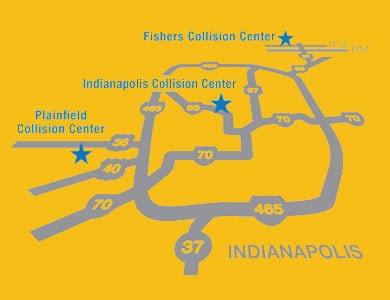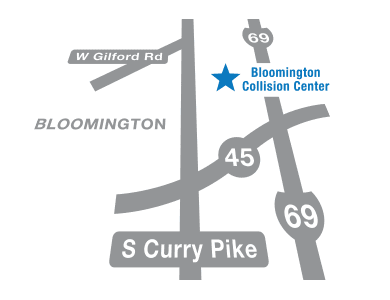
When it’s time to have some repairs performed on your vehicle, there’s a lot to take in. Of course, you can certainly get a good sense of the experience, the actual repairs, and the costs by reviewing your car repair estimate. The car repair estimate is a document that can help you prepare, understand what type of work your vehicle needs, and what your insurance agency will cover. This guide is to help drivers in Plainfield, Indianapolis, Fishers, and Bloomington learn more about dealing with car repairs, knowing what to expect from the estimate, and getting their vehicle back out on the road!
Assessing the Damage & Repairs
While you can get a sense of the types of repairs you need simply by checking your vehicle or noticing some of the engine warning signs, the damage also needs to be checked by an insurance appraiser or a certified technician (depending on the types of repairs required). The car repair estimate comes when one of these experts does a brief overview, so you can get a ballpark estimate of the level of repairs it requires.
Knowing How to Read a Car Repair Estimate
The car repair estimate is broken down into four sections by your insurance agency to make it easier to digest while showing you the important details of the process. This way, you can casually work your way through the car repair estimate, so you’re fully prepared to move forward with the repairs on your vehicle. The first section, located at the top of the estimate, includes some basic information about the claim:
- Damage Assessed By: This will list the person/team that has completed your estimate.
- Claim Rep: This section indicates the person/agent that’s handling your claim but may or may not be a part of the estimate process.
- Claim Number: This unique number is to help identify your claim for when you contact your insurance agency.
The next section covers the basic information about your vehicle, including the year, make, and model. The third section covers a lot of ground as far as the estimated repairs and replacement parts that you may need for your vehicle.
- Operation: This portion of the estimate lists of the type of repair services and operations to each damage part, section, or component. It indicates the Overhaul (assembly/inspection/adjustments), Overlap (any replacement parts and necessary deductions), Repair, Refinish, Remove/Install, Remove/Replace, Additional Labor, and Sublet (additional repairs completed by someone other than body shop).
- Line Item Description: This section simply lists off each part that will be worked on during your repairs.
- Part Type/Part Number: This part identifies any new, OEM, or non-original parts that are being used in the repairs.
The last section of your car repair estimate focuses in on the total expected costs that will be accrued during the repair process.

- Estimate Totals: This portion includes a breakdown of all labor/hour costs and the price for any replacement parts that need to be used.
- Customer Responsibility: This section includes the cost that you’re responsible for.
- Gross Total: This portion includes the estimated total amount that it’ll cost to repair your vehicle, which includes the portion the insurance company pays as well as the portion that you pay.
- Total Adjustments: This is a total that lists what you may owe.
- Net Total: This is the amount your insurance agency will pay after the adjustments are subtracted while factoring in coverage and liability.
Get Started on Your Car Repairs in Indiana
Now that you know how to read your car repair estimate and how the form is broken down, you’re prepared for the required repairs and services that your vehicle needs. When the time comes to think about scheduling repairs, you can always contact us at Andy Mohr Collision Center. We’re proud to provide a helpful estimate as well as automotive repairs to drivers all throughout Plainfield, Indianapolis, Fishers, and Bloomington! Contact us to get started on repairing your vehicle, so we can bring it back to its original condition and get you back out on the road.


